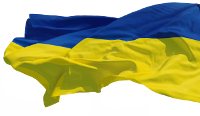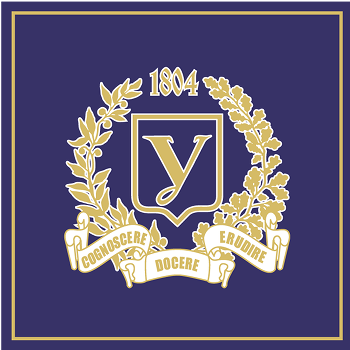загрязнение
- 2014-1-2-:21
Evaluation of the aquatic ecosystem river Kharkiv means of landscape planning
Using elements of landscape planning studies performed complex river basin river Kharkiv in the city. Analyzed the degree of compartmentalization and relief maps of exposure and angles territory. A map of anthropogenic urban landscapes. Allocated land basin with a dominant influence of various factors on the river ecosystem. An experiment to study the water quality in different periods of the functioning of the river. On the basis of the correlation calculation and construction of dendrite clusters allocated plots Basin, which developed recommendations to improve the man-made landscape of the river.
- 2014-3-4-:22
The landfill of industrial waste from nickel production and its impact on the landscape (case study from Sereď in Slovak republic)
The landfill of waste from nickel production is situated to the south of Sereď in Slovak Republic. The landfill area covers around 50 ha. Volume is in present day 5.5 - 6.5 mil. [t] and in 1993 it was about 9 mil.[t]. The land-fill was formed during 30 years of manufacturing process, which was stopped due to the economic and ecologi-cal reasons in 1993. The pollution of base rocks, underground waters, soils and air pollution was noticed during production in the Nickel smelting plant and continues up to the present days. In this paper we focused on the current structure on the landfill of waste from nickel production and its impact on the environment. Physical and chemical properties of the waste are responsible for the creation of a specific ecosystem, not peculiar to the natural landscape, which negatively affects the quality of the environment. It is proposed to reduce waste using microwave vitrification method, although it is very expensive, but the most effective, because procedure in converting waste glass provides high chemical stability and water resistance.
- 2014-3-4-:22
Structure and dynamics of atmospheric air pollution Kharkiv region
Based on the graphical analysis of the dynamics of pollutant emissions in the whole region, as well as, separate-ly, from stationary, mobile (vehicles) sources and from other mobile sources of pollution, found that the largest share of emissions into the atmosphere give stationary sources - namely, the production and electricity, gas and water. Analyze changes in emissions of each pollutant in the total emissions annually. It is found that the stationary sources emit more carbon dioxide emissions in mobile vehicles predominant sources of carbon oxide and by air, rail and other transport ejected more nitrogen oxide and carbon monoxide.
- 2015-1-2-:23
Assessment of environmental of landscapes «Great Hodosivskyi mound» in Kyiv region (paleopedological aspect)
There has been investigated the soils buried under the body of the shaft of the early iron age and modern (background).There has also been carried out comparing them to assess the environmental condition of the landscape with in which the profiles of soil are situated. It has been defined that soil formation processes that underpinned the modern profiles and buried (ancient) soil, are characterized by a combination of processes of capable of the accumulation of substances, radionuclides and heavy metals. It has been determined that the amount of heavy metals lies within background values. The obtained data testify the fact that in the modern (background) soil the heavy metals are being accumulated in arable horizon. It has been fixed that in the modern soil the concentration of heavy metals in profile is a higher than in buried one. This shows the change of conditions and factors that affect geochemistry of the landscape for a long time of their formation
Ключові слова:
Pages

